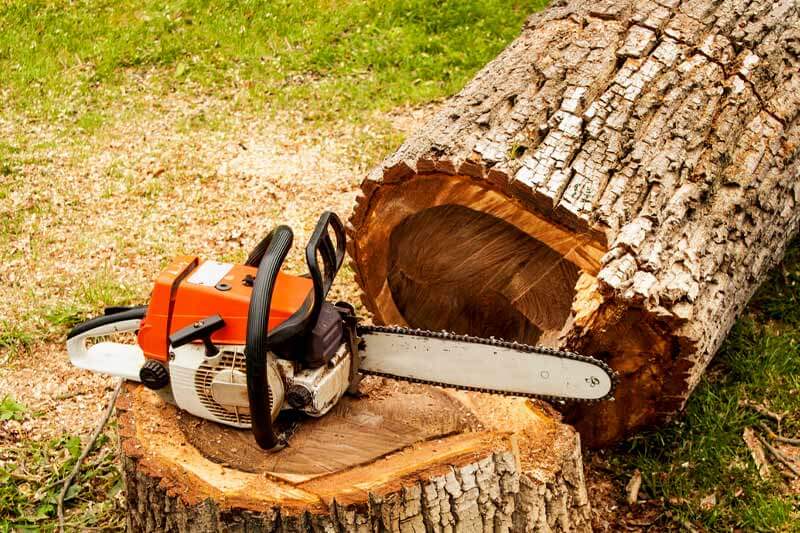Cutting Down Trees Safely
It Feels Like Home!

Safely Managing Tree Removal: Tips for Cutting Down Trees Safely
Cutting Down Trees Safely, removing trees from your property can be a daunting task, but with the right approach and precautions, it can be done safely and efficiently. Whether you’re dealing with a dead tree, overgrown vegetation, or simply need to clear space, it’s essential to prioritize safety throughout the process. In this guide, we’ll provide tips for safely cutting down trees to minimize risks and ensure a successful outcome.
1. Assess the Situation:
- Evaluate the tree’s size, health, and surrounding environment to determine the best approach for removal. Identify any potential hazards such as nearby structures, power lines, or uneven terrain that could pose risks during the process.
2. Plan Your Approach:
- Determine the direction in which the tree should fall to avoid obstacles and minimize damage. Plan an escape route in case the tree falls unexpectedly and ensure that all equipment is in good working condition before starting.
3. Use Proper Tools and Equipment:
- Invest in high-quality tools and safety gear for tree removal, including chainsaws, ropes, harnesses, helmets, and protective clothing. Follow manufacturer guidelines and safety precautions when operating equipment to prevent accidents and injuries.
4. Start with Pruning:
- Trim any overhanging branches or foliage from the tree before cutting it down to improve visibility and reduce the risk of obstacles interfering with the process. Use a pole saw or pruning shears to safely remove branches from the ground.
5. Establish a Drop Zone:
- Clear the area around the tree of any debris, furniture, or vehicles to create a safe drop zone for the tree to fall. Mark the boundaries of the drop zone with caution tape or cones to prevent bystanders from entering the area during removal.
6. Make the Cut:
- Position yourself on the opposite side of the tree from the direction you want it to fall and make a horizontal cut (the “felling cut”) about one-third of the way through the trunk. Then, make a second cut (the “back cut”) slightly above the first cut on the opposite side to create a hinge for controlled falling.
7. Retreat Safely:
- Once the tree begins to fall, retreat along your planned escape route at a safe distance to avoid being struck by branches or debris. Keep bystanders and pets away from the area until the tree is safely on the ground.
8. Dispose of Debris Responsibly:
- After the tree has been safely removed, clean up the area and dispose of debris properly. Consider recycling or repurposing wood for firewood or mulch, or arrange for professional disposal if necessary.
Following these steps for safely cutting down trees, you can minimize risks and ensure a successful outcome without compromising on safety. Whether you’re tackling a small tree in your backyard or a larger project on your property, prioritizing safety throughout the process is essential for a smooth and successful removal. So, approach the task with caution, use proper equipment and techniques, and always prioritize safety above all else.
